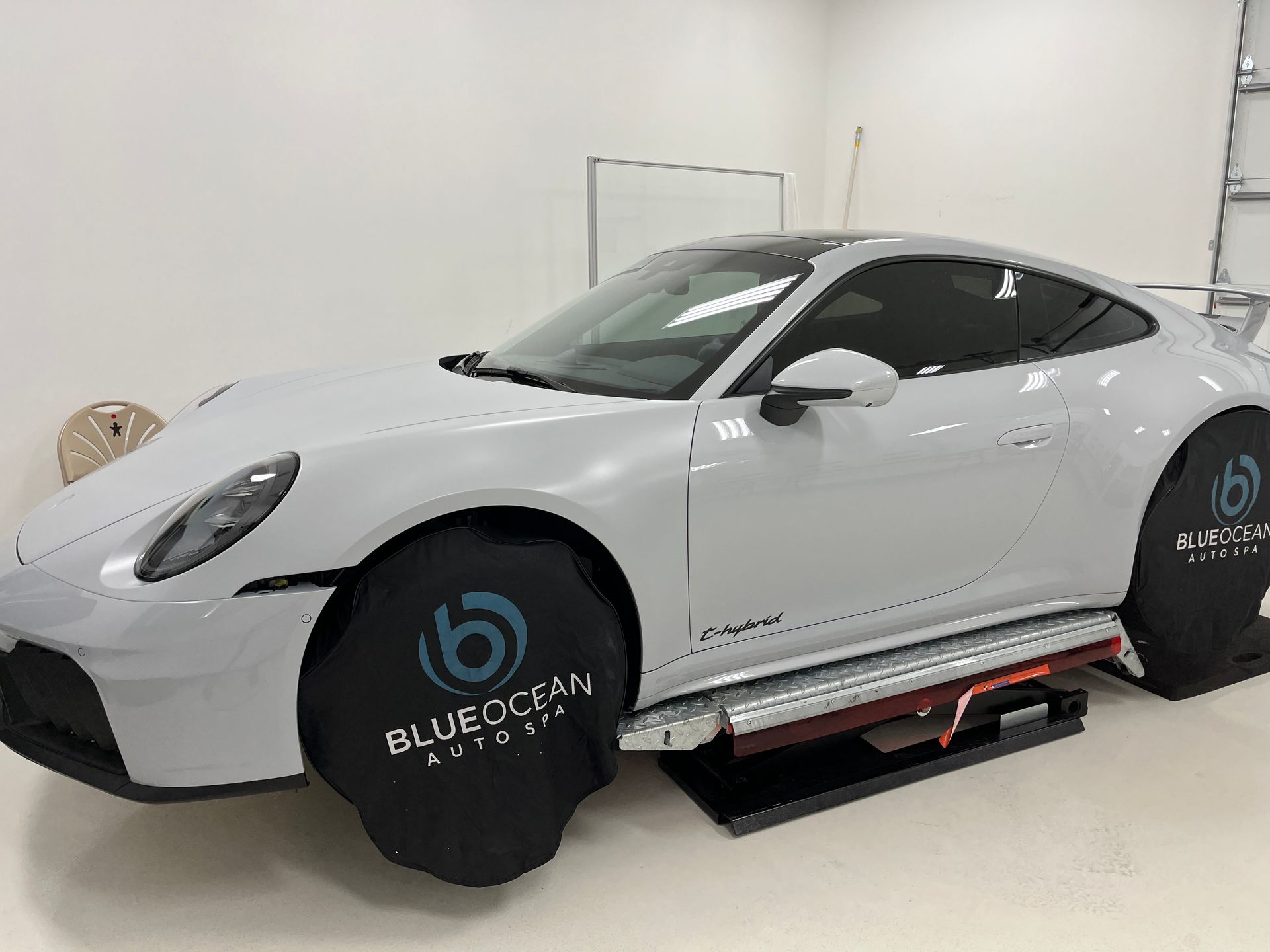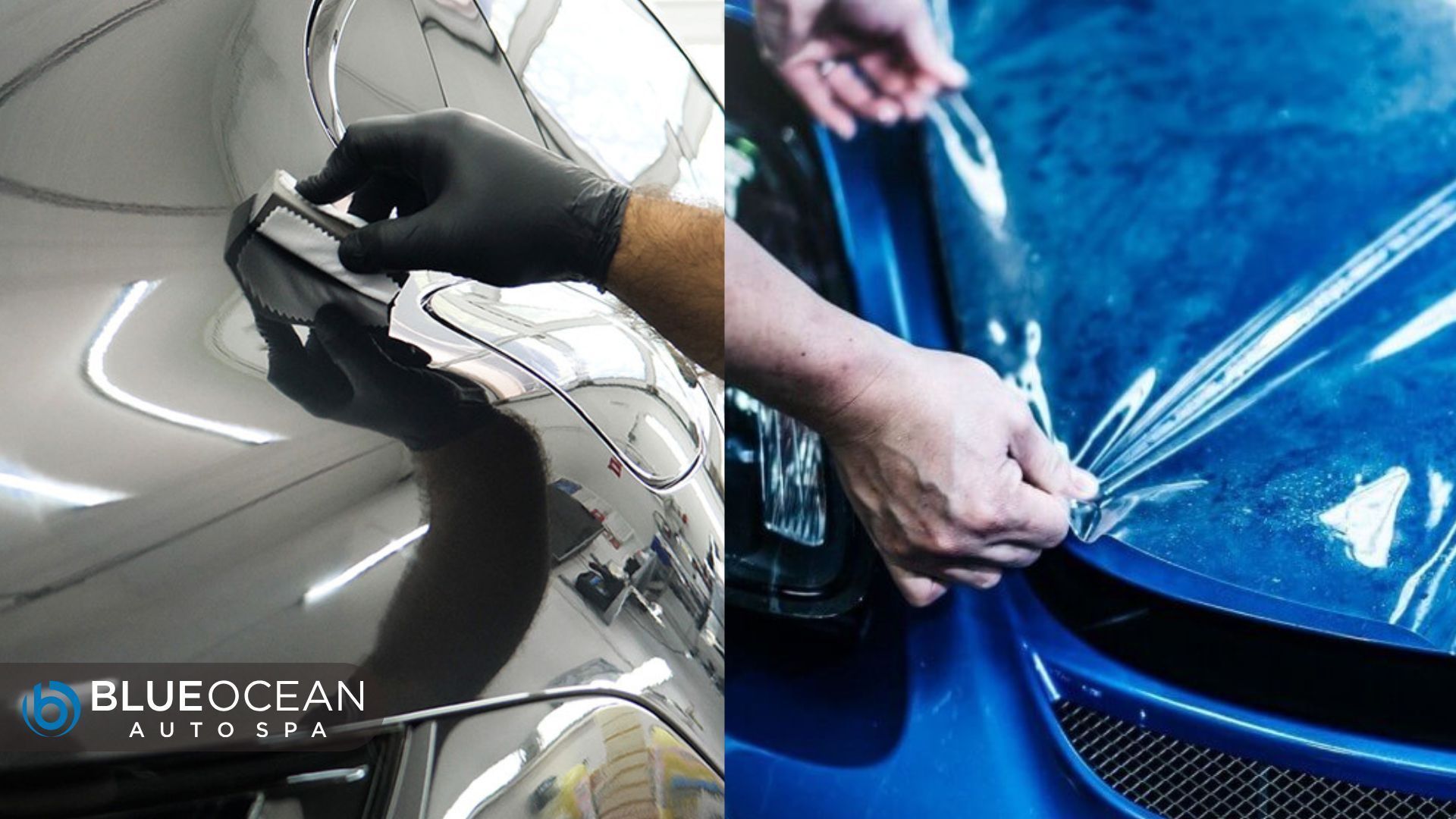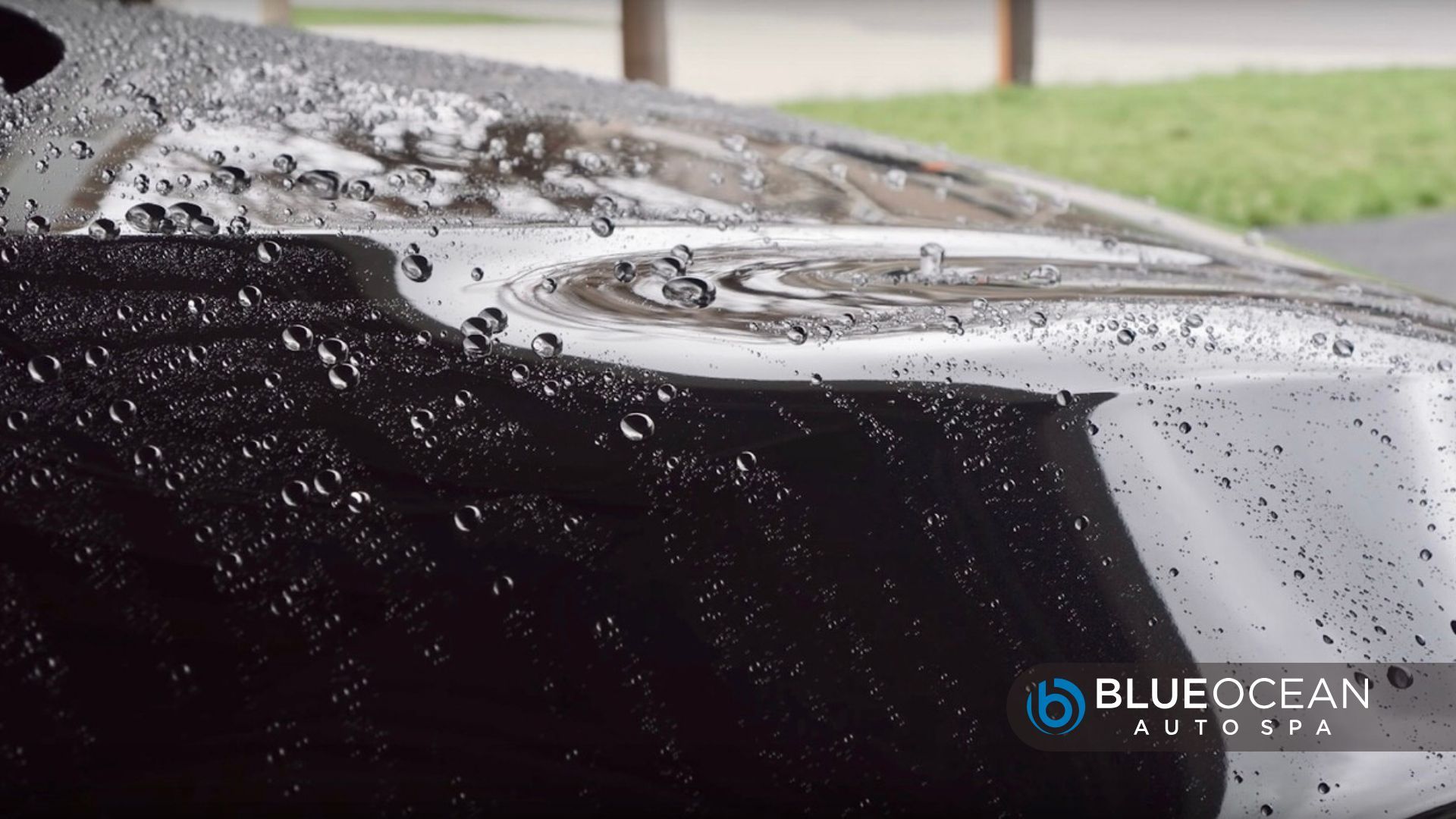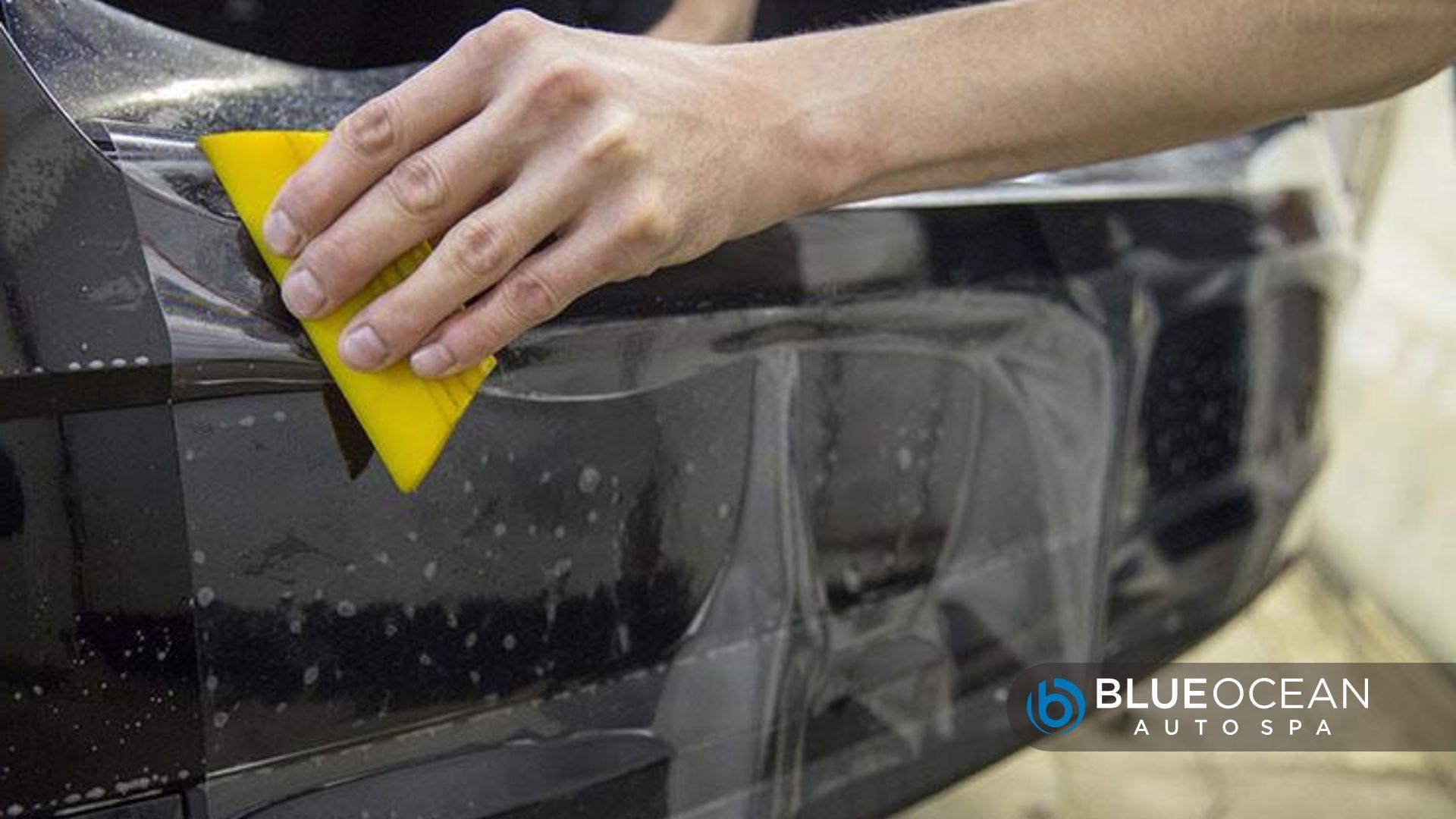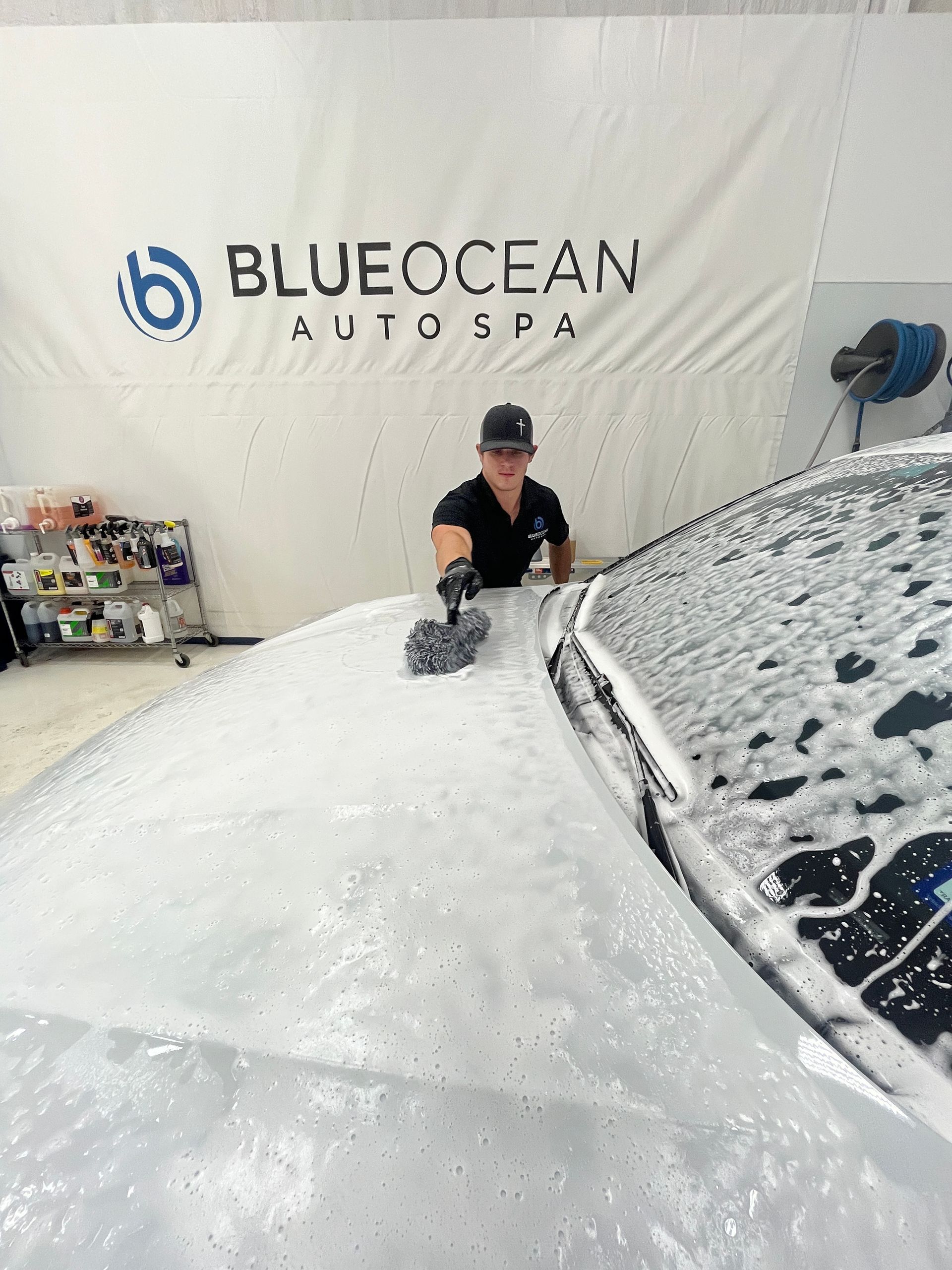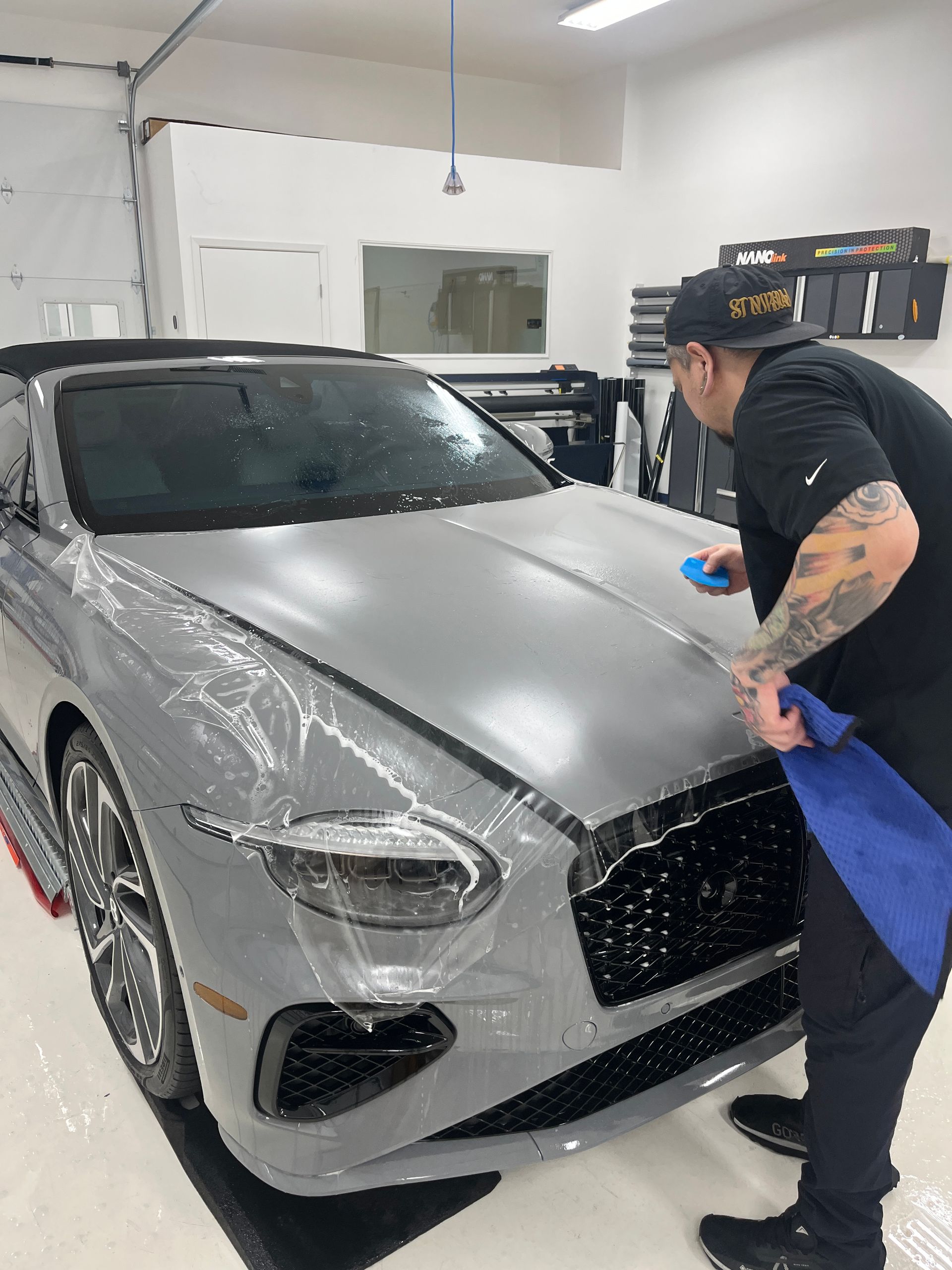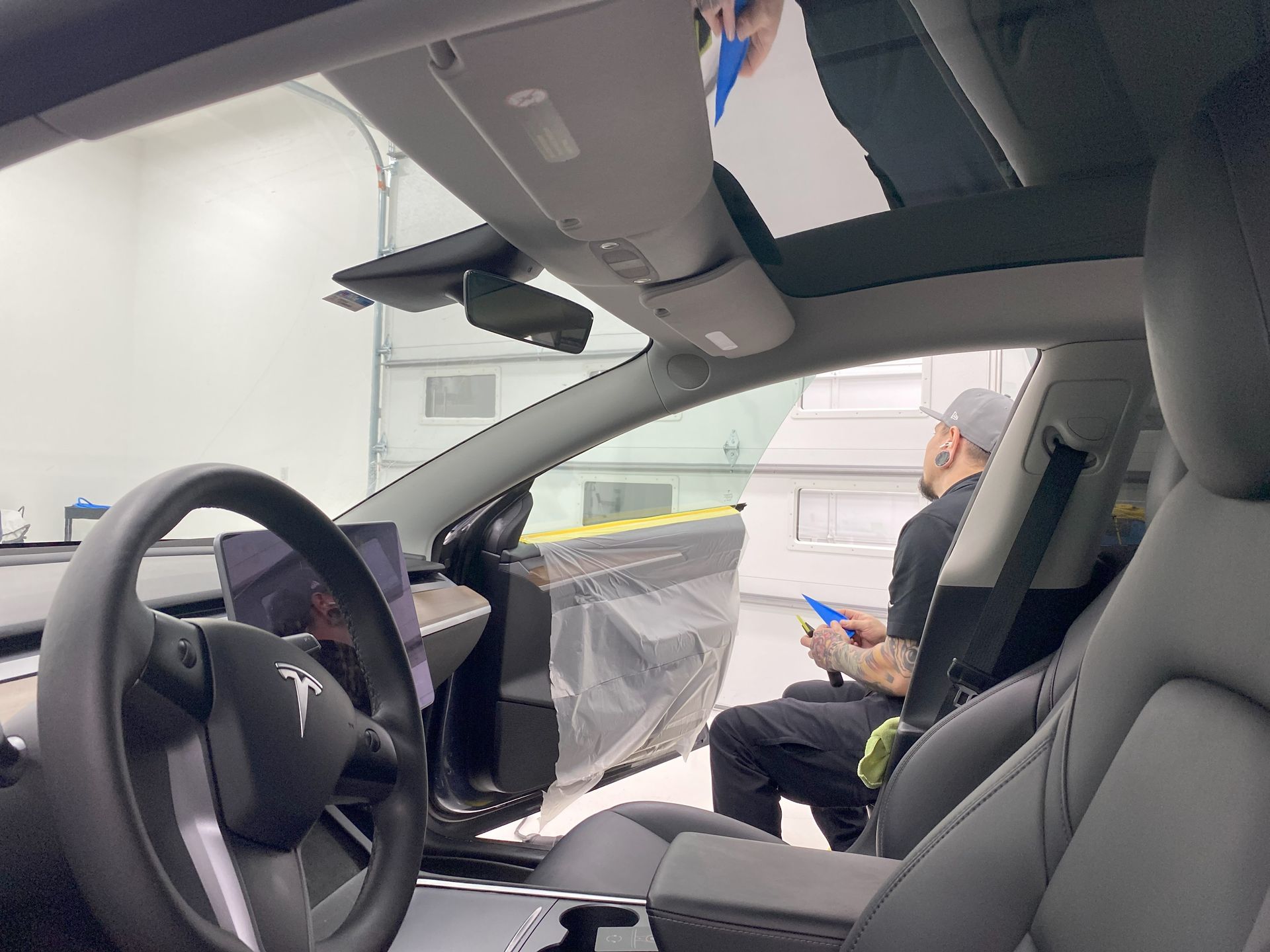Is Ceramic Coating Worth It for Texas Drivers? Pros and Cons
If you’ve lived in Texas for more than a week, you know this state doesn’t hold back when it comes to weather. Between the intense sun, scorching heat, high UV exposure, dust storms in West Texas, and those sudden downpours that seem to come out of nowhere, our cars take a serious beating just from sitting outside.
So, is ceramic coating a smart investment for Texas drivers? We get that question all the time here at Blue Ocean Auto Spa. And speaking from personal experience—yes, I’ve had it applied to my own car—it’s been a game changer. In this article, we’ll walk you through what ceramic coating actually is, its pros and cons, and whether it makes sense for the way you drive and care for your vehicle in Texas.
What Is Ceramic Coating and How Does It Work?
Let’s start with the basics. Ceramic coating is a liquid polymer that’s applied to your car’s paint. Once it cures, it forms a chemical bond with the clear coat, essentially becoming a long-term protective layer. Think of it like adding a second skin to your car—but invisible and way more durable than wax.
The magic is in the science. This nano-coating technology repels water, blocks harmful UV rays, and helps prevent contaminants like tree sap, bird droppings, and road grime from sticking to your paint. It’s not a bulletproof shield, but it
does provide exceptional
paint protection, especially under the tough conditions we face here in Texas.
The Ceramic Coating Application Process
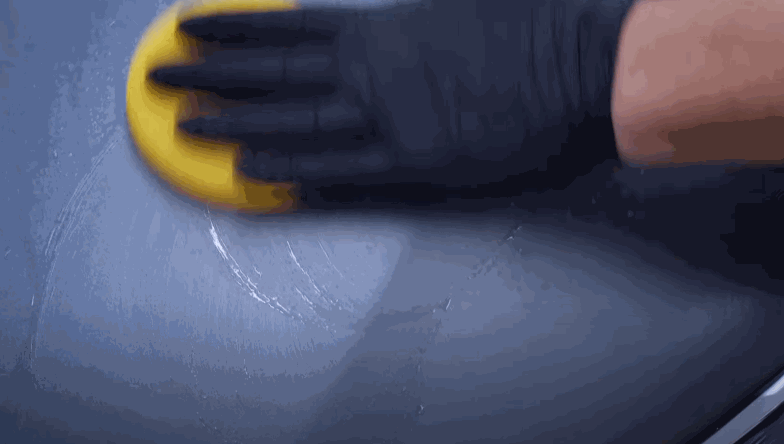
Applying ceramic coating the right way isn’t a quick DIY job—it takes precision and professional care. At Blue Ocean Auto Spa, our ceramic coating application includes:
- Thorough surface preparation: We wash, decontaminate, and polish the paint to remove any imperfections. This step often includes
paint correction if there are swirl marks or oxidation.
- Layering the coating: The ceramic solution is applied evenly in small sections to ensure full coverage and proper bonding.
- Curing time: Depending on the product used, the coating needs time to cure and harden for maximum effectiveness.
Done right, ceramic coating creates a glossy, smooth, and durable finish that feels as good as it looks—and lasts for years.
Pros of Ceramic Coating for Texas Drivers
Texas roads and weather make the case for ceramic coating stronger than in many other states. Here’s why:
- UV and Heat Resistance: The brutal Texas sun can cause paint to fade, oxidize, or crack over time. Ceramic coating acts like sunscreen for your vehicle, helping it maintain color and gloss even in 100º+ heat.
- Ease of Cleaning: Between dust, insects, tree sap, and bird droppings, Texas vehicles get dirty fast. With ceramic coating, contaminants have a hard time sticking, making washing quicker and less frequent.
- Hydrophobic Properties: Thanks to its water-repelling nature, rainwater and mud slide off easily. This comes in handy during surprise rainstorms in cities like Houston or San Antonio, or when driving through muddy ranch roads.
- Long-Term Protection: Unlike waxes that wear off in weeks, a professionally applied ceramic coating can last
two to five years with proper care. That’s fewer trips to the detailer and better
clear coat protection over time.
- Boosts Resale Value: A well-maintained exterior is a big plus when it’s time to sell or trade in. Especially in areas like Dallas or Austin, where the used car market is competitive, ceramic coating can help your car stand out.
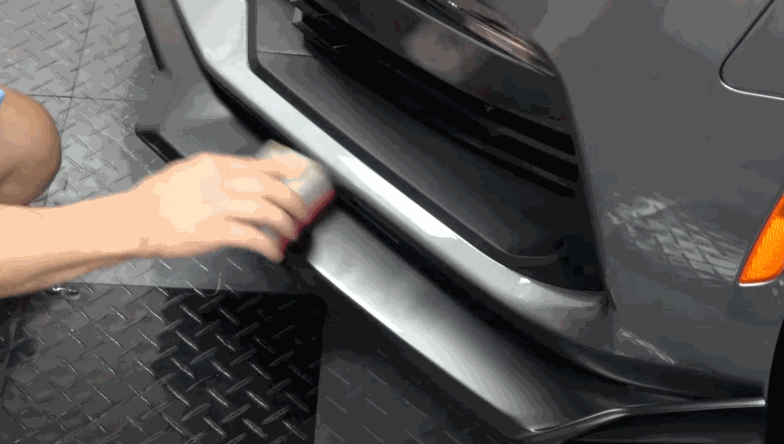
Cons of Ceramic Coating: What You Should Know
Of course, no product is perfect. Here are the downsides you should be aware of before committing:
- Initial Cost: A professional ceramic coating application costs more upfront than traditional wax or sealant treatments. But considering the long-term protection, many drivers see it as an investment.
- Not Scratch-Proof: One of the biggest myths is that ceramic coatings make your car invincible. While it
does help prevent light swirl marks, it won’t stop a rogue shopping cart or careless door ding.
- Maintenance Is Still Needed: Ceramic coating reduces the effort needed to maintain your car’s shine, but you still have to wash it regularly and avoid harsh chemicals. It’s not a one-and-done deal.
- Needs Professional Application: We’ve seen too many DIY kits go wrong—uneven application, streaks, and in some cases, actual paint damage. If you want real results, it’s worth letting experienced pros handle the job.
Ceramic Coating vs. Other Paint Protection Options
Not all paint protection methods are created equal. If you're comparing options, here’s a quick rundown—no fluff, just the real deal:
- Wax is the classic go-to for shine. It’s inexpensive and easy to apply, but in Texas heat, it melts away fast. It doesn’t stand up well to UV rays, road grime, or rain. You’ll be reapplying it constantly just to maintain a basic level of protection.
- Paint sealants last a bit longer—maybe four to six months—but they still wear down with time and exposure. They’re more durable than wax but don’t offer the same level of chemical resistance or long-term value as ceramic coatings.
- Paint Protection Film (PPF) is a whole different kind of product. It’s a physical layer, great for resisting rock chips and scratches. It works especially well on high-impact zones like bumpers or hoods. But full-body PPF is pricey, and it’s not always as sleek-looking as a ceramic finish.
So where does ceramic coating fit in? Right in the middle. It’s less expensive than full PPF but offers significantly more durability and protection than wax or sealant. It’s ideal if you want a long-lasting, glossy finish with serious resistance to UV, heat, and chemicals—all things your car faces daily in Texas.
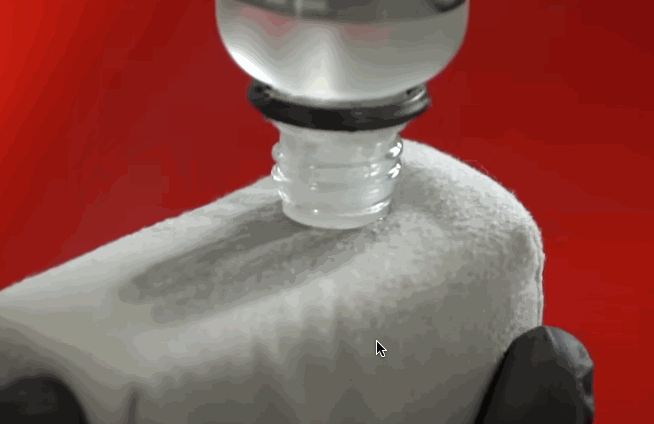
Is It Worth It? A Personal Take from Texas Roads
Now, this is where it gets real. I’ve had ceramic coating on my own car for over two years. I live near Fort Worth, and between the blazing summers, random hailstorms, and dusty backroads, my car’s exterior used to take a beating. Since getting the ceramic coating application done here at Blue Ocean Auto Spa, my maintenance routine has changed completely. Washing the car takes half the time, water just beads and slides off, and even after a long highway drive, it still looks sharp. No chalky oxidation. No endless layers of wax. Just consistent protection.
Customers tell us the same thing all the time—especially those who park outside, commute long distances, or have dark-colored cars. The coating doesn’t just make your car look good—it makes it easier to care for and helps preserve its value over time. That’s what makes it worth it for most Texas drivers.

Final Thoughts: Making the Right Decision for Your Vehicle
In Texas, your car’s paint has to battle the elements daily—blistering UV rays, sudden storms, pollen, dust, and everything in between. And while ceramic coating isn’t a miracle cure, it is one of the smartest ways to protect your vehicle long-term.
At Blue Ocean Auto Spa, we don’t just apply ceramic coating—we use it ourselves. We know what it can (and can’t) do, and we’re always happy to share honest advice based on your driving habits, budget, and expectations.
If you’re curious whether ceramic coating makes sense for
your car,
stop by or contact us. No sales pitch—just a conversation with people who care about keeping Texas vehicles looking their best.

